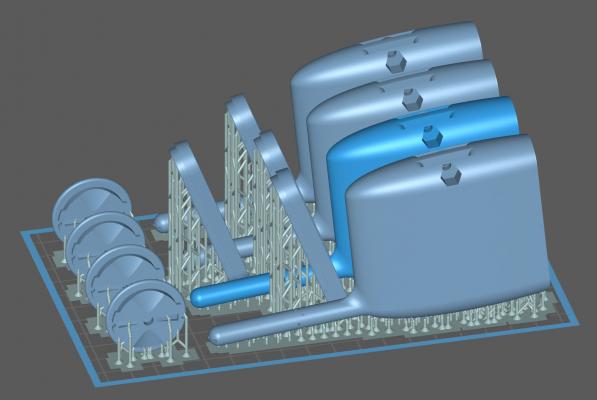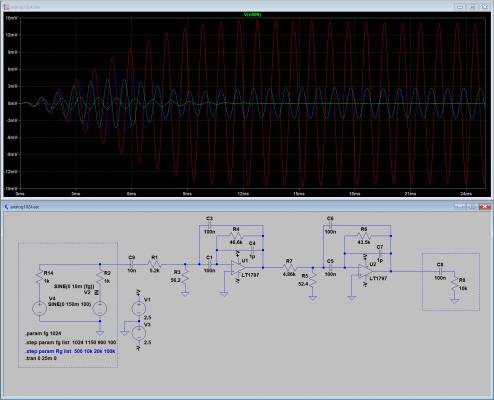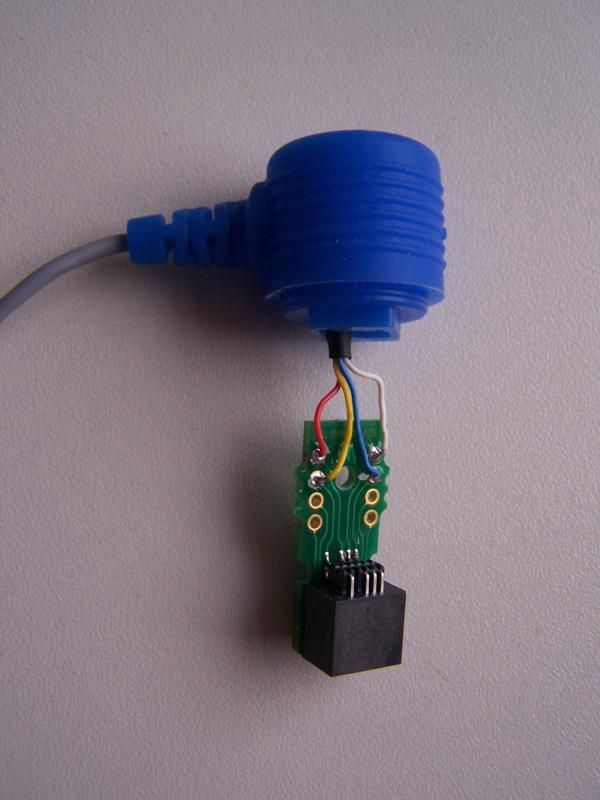Prototype development and manufacturing
Perforated grid experiment boards (perfboards): They are often used in electronics to develop functional samples (Proof-of-Concept) and early prototypes.
Furthermore, they can be comprehensively designed and simulated in special software solutions prior to physical use.
Prototype development and manufacturing by AMS
At AMS we develop and manufacture prototypes from different disciplines.
A prototype (from gr. "Protos", "the first" and "typos", "archetype" or "model") in the technical context is to be understood as an experimental model of a designed or tested product or component.
This model is already functional with regard to the purposes to be tested, but is often simplified in comparison to the final product or component. However, the prototype can also (as a function of the development status of the prototype) largely correspond to the end product, externally and / or technically or functionally.
Goals of developing and manufacturing prototypes
The goals of developing and manufacturing prototypes can be of different types: Often it is important to explore technical possibilities, to test the suitability of the design with regard to them, and to check the acceptance of possible later users - e.g. in terms of operation, handling and design.
As a rule, the knowledge and experience gained in connection with a prototype already serve to achieve series maturity and thus already aim at the preparation of a later series production.
Thus, the main field of application of prototypes is the practical support of product development, whereby other fields of application are also possible, e.g. the illustration of concepts through individual pieces on display (e.g. in architecture), design drafts (design studies) and more.
Interdisciplinary prototype development and production by AMS
At AMS we develop and manufacture both electrical and physical and mechanical prototypes (models of components and assemblies) as well as combinations of both disciplines as prototypes of systems and technical solutions.
In the field of electronics, we initially design prototypes with the aid of computers and test them extensively in simulations. Then they are manufactured as individual pieces for further testing and up to the 0 series. We are already keeping a close eye on series production and are already getting ready for series production here, as we usually already carry out prototype production on the placement machines that are used in series production.
We design functional samples (proof-of-concept) for quick initial trials in the prototype development of electronics - and especially in the early stages of product development.
Further information about prototype development in electronics can be found here: //Electronics development
Further information on prototype production in electronics can be found here: //Production of electronics
We design and manufacture physical and mechanical prototypes in our in-house mechanics department. //Mechanics
At AMS, we also use modern methods for developing and manufacturing prototypes.
Modern development and production of prototypes
At AMS we use different methods of modern development and production of prototypes.
Examples of this are rapid prototyping in the development of physical and mechanical workpieces and rapid control prototyping (RCP) in control development.
You can find more information here: //Rapid Prototyping //Rapid Control Prototyping
Related content
Rapid Prototyping – modern prototype development at AMS

The way in which prototypes can be produced has changed considerably in recent years. A modern and agile method from the prototype development is that of "Rapid Prototyping".
We give an overview, point out the advantages and provide further information about the rapid prototyping methods we use.
Rapid Control Prototyping (RCP) - Modern control development at AMS

The development of prototypes in electronics has accelerated considerably in recent years, mainly due to technological progress and new methods.
Rapid Control Prototyping (RCP) is an advanced and modern method in control development, which puts modeling and simulation further into the foreground.




